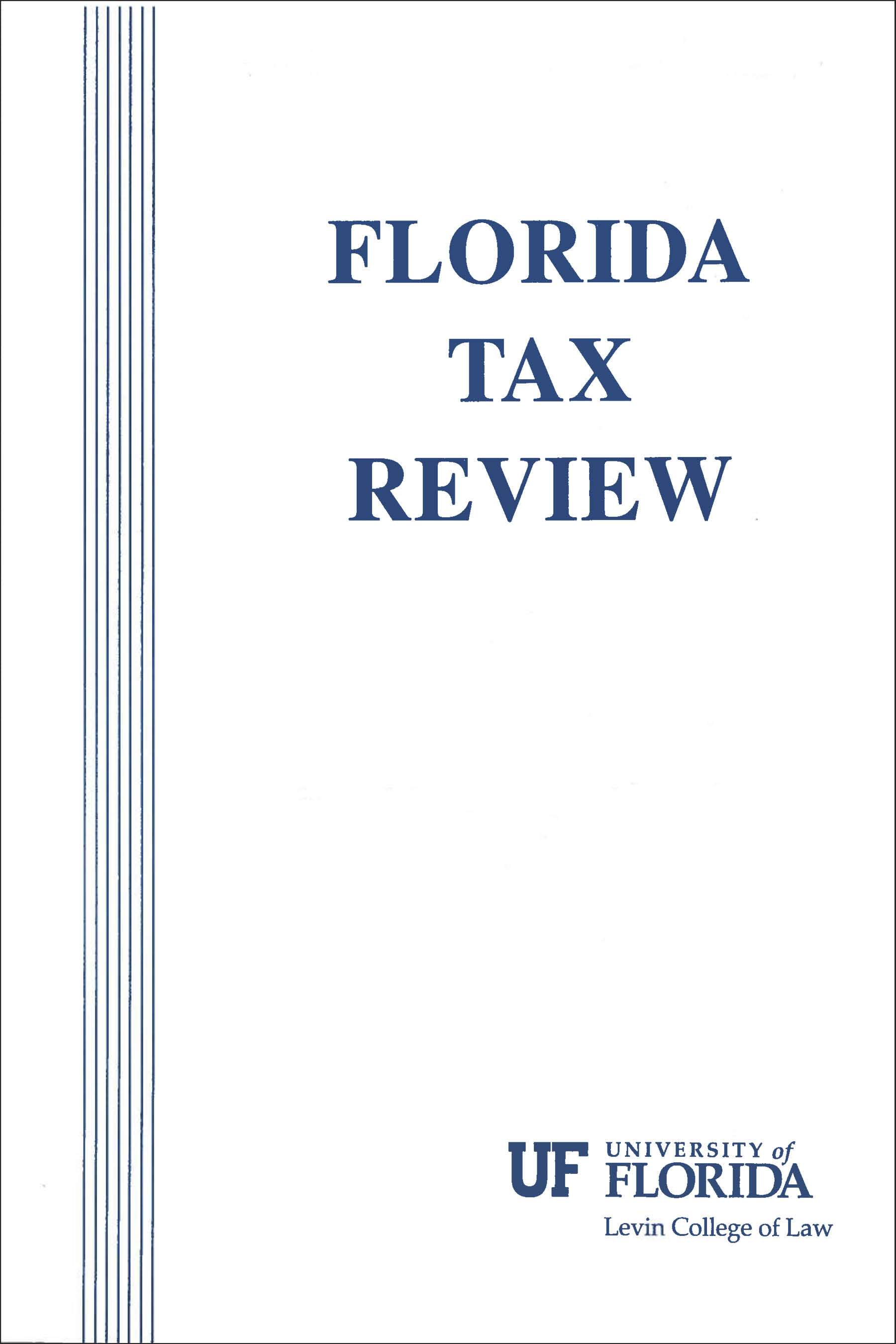Creating Complex Monsters: Joint Operating Agreements and The Logical Invalidity of Treasury Regulation 1.502-1(b)
Main Article Content
Abstract
For McKenzie
A familiar mathematical axiom holds that the shortest distance between two points is a straight line. Indeed, in most any human endeavor simplicity should be encouraged and complexity discouraged. Modem armies, for example, adhere to acronyms intended to remind leaders and followers alike to strive for simplicity in an effort to conserve energy and avoid misunderstandings. It can be stated intuitively that complexity inevitably excludes understanding in a certain portion of the intended audience. Those who engineer complexity understand it best, but understanding decreases as one moves farther from the source until the thing engineered is not understood at all. More importantly, complexity causes unnecessary expense, it results in a diversion of resources, and, by the weight of its own process, obscures the original goal to the ultimate extent that the goal is deemed unworthy of achievement.
The Internal Revenue Code has never been hailed as an example of the mathematical axiom concerning the shortest distance between the status quo and a desirable result. In fairness though, complexity in the Code is often in response to other factors, including complexity in financial transactions. The latter complexity is not necessarily without purpose. It is often employed, for example, to provide assurances between trading partners who do not trust one another or, as is the wont of lawyers, in an exercise in overkill designed to anticipate every possible contingency. Complexity is also sometimes used in an effort to shield, hide, or recharacterize the nature of income generated by a particular transaction. Thus, in its own complexity, the Code is often necessarily designed to root out the true character of a given transaction. Sometimes the Code is designed to allow a narrow way to achieve a desirable goal and simultaneously avoid undesirable side effects. All of this, in simple terms, is only to say that whenever a particular provision or regulatory requirement is characterized by, fosters, encourages, or condones complexity, there ought to be an apparent and sound justification.

